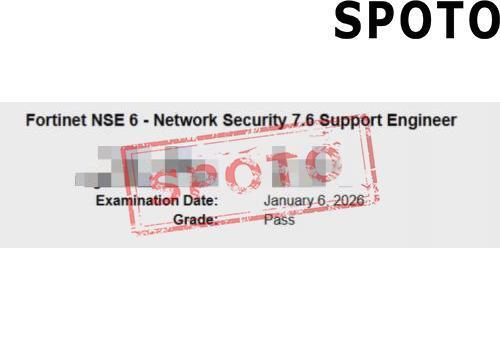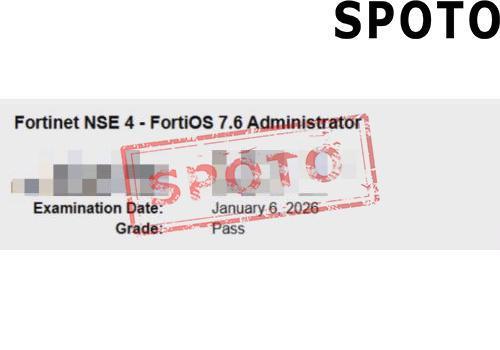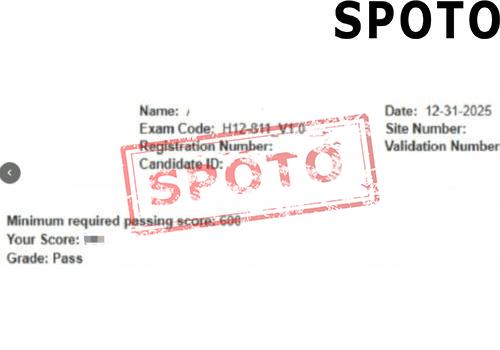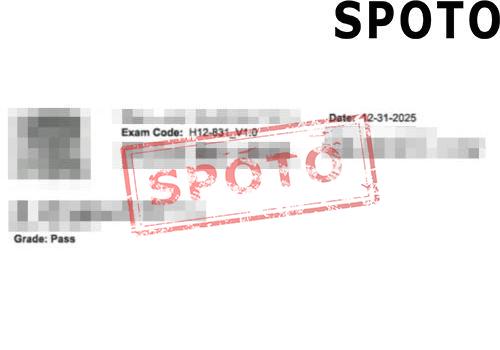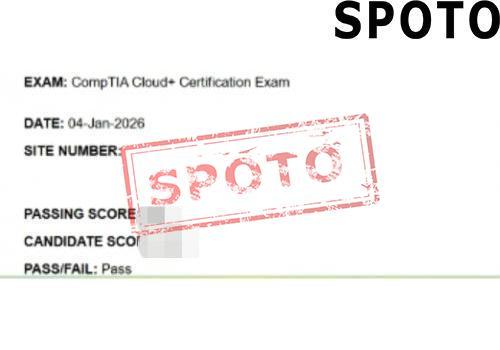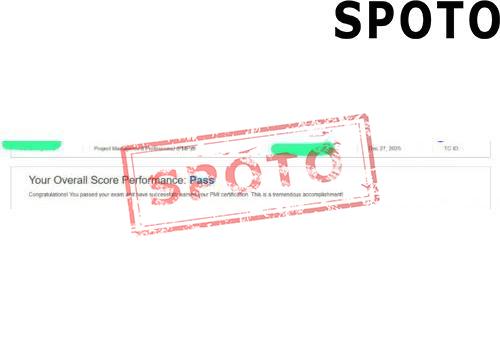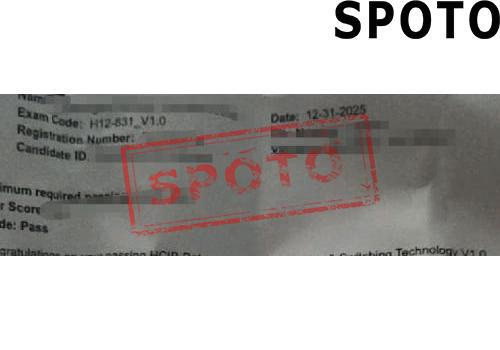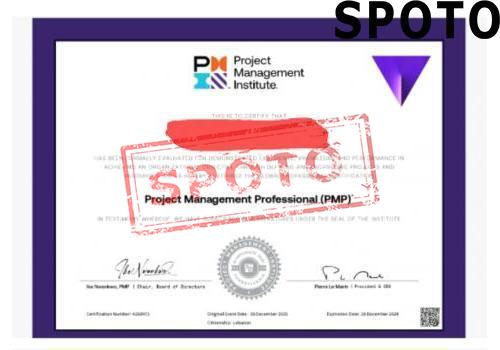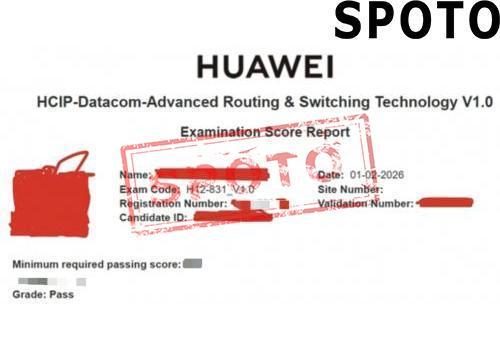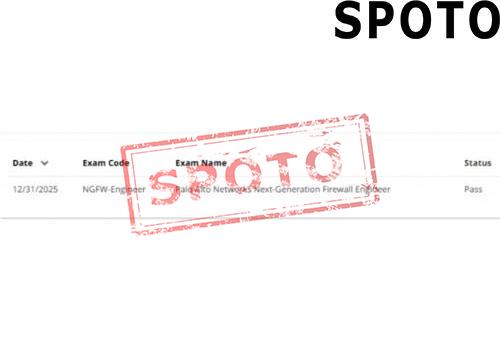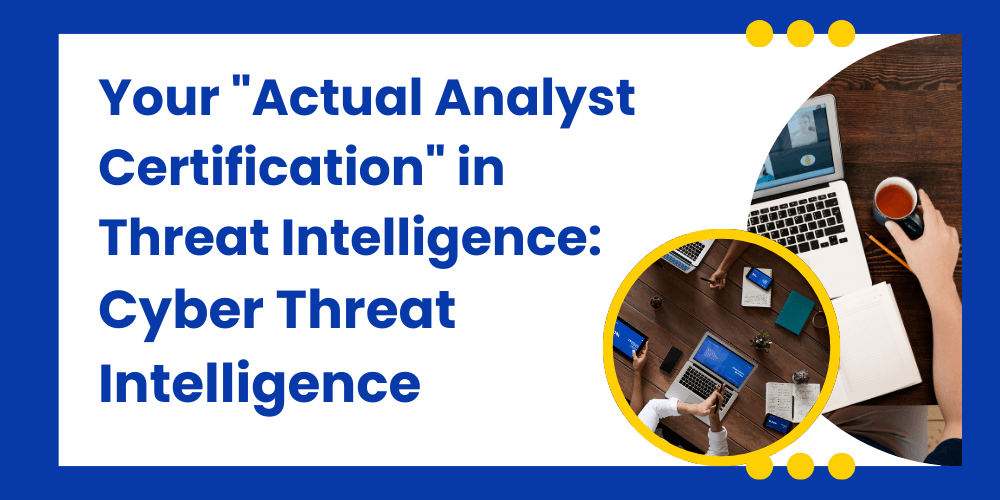
Table of Contents
As a certification in the field of threat intelligence, the core value of GCTI is to cultivate experts who can analyze complex threats and drive defense implementation.
1. What is GIAC Cyber Threat Intelligence (GCTI)?
If you're working in threat intelligence, the GIAC Cyber Threat Intelligence (GCTI) certification from SANS Institute is one of those credentials that really proves you can walk the walk. It's not about memorizing theories—this certification tests how well you can actually hunt through messy threat data, connect the dots across attack chains, and figure out exactly how adversaries operate. When you see someone with GCTI, you know they've demonstrated the ability to pull meaningful insights from raw indicators, break down attacker behaviors including their specific TTPs, and most importantly, turn those findings into concrete defense actions. What sets it apart is how it bridges that gap between spotting threats and actually doing something about them—you're learning to build intelligence that security teams can immediately use to strengthen defenses. Essentially, GCTI shows you speak the language of threats fluently enough to outmaneuver attackers.
As cyber threats become increasingly subtle and organized, relying solely on automated tools is no longer sufficient to combat advanced threats. The core objective of the GCTI is to cultivate "in-depth threat intelligence analysts and practical users." This requires holders to not only master the technical methods of intelligence collection and analysis but also to combine manual analysis with tools to reconstruct attack chains, identify threat actor characteristics, and embed intelligence into security operations, achieving a closed loop from "intelligence to defense" and addressing the analytical blind spots of automated tools in complex scenarios.
2. Why Earn Your Cyber Threat Intelligence Certification?
Based on SANS's practical training, GCTI is a globally recognized, technically advanced threat intelligence certification. It stands as a recognized authority in the threat intelligence field and is widely recognized in security-critical industries such as finance, energy, and government. It serves as a key screening criterion for senior threat intelligence positions, demonstrating end-to-end analytical capabilities from "data to defense."
GCTI certification directly demonstrates a practitioner's practical skills, emphasizing manual analysis and complex scenario-based responses. Certified professionals can effectively address the shortcomings of automated tools and solve the pain point of enterprises accumulating intelligence but failing to translate it into defensive actions. For example, by reducing false positive alerts by over 30%, security operations efficiency can be directly improved.
Currently, with the rapid development of cyber technology, cyber threats and security issues such as cyberattacks and data breaches are constantly emerging, resulting in a significant shortage of senior threat intelligence talent. According to SANS, the global average annual salary is approximately US$125,000, making GCTI holders significantly higher than those in general security positions.
Certificate holders gain access to the SANS and GIAC communities, providing access to the latest threat intelligence techniques, tool updates, and exclusive threat data, allowing them to continuously monitor and analyze cutting-edge threats like APT attacks and ransomware.
3. The skills GIAC Cyber Threat Intelligence should master
It requires practitioners to clearly define the definition, types, and value dimensions of threat intelligence, distinguish the hierarchical relationship between data and intelligence, and gain a deep understanding of fundamental knowledge such as attack tactics and the technical matrix. Furthermore, practitioners must master practical methods for intelligence standardization and sharing.
Practitioners must collect and verify multi-source intelligence data, identify and acquire data source types, and extract information from publicly available sources. Furthermore, they must aggregate and analyze internal vulnerability scanning data. They can leverage commercial threat intelligence platforms and industry ISACs to obtain targeted intelligence. Finally, by cross-comparing multi-source data, practitioners assess the credibility of intelligence sources, filter out false or outdated information, and verify and cleanse the data.
When an attack occurs, practitioners must extract the attacker's tactical process from the incident and map it to the corresponding numbers and descriptions within the framework. They must analyze the threat actor's common TTPs, target industries, and attack motivations, build a threat profile, and extract key indicators, such as IP addresses and domain names, from malicious samples, network traffic, and logs, and analyze correlations. Next, by reconstructing the attack chain and cross-analyzing logs, traffic, and samples, the complete attack path is restored, the attack entry point, and the impact area are located.
This intelligence is converted into SIEM/EDR detection rules to improve threat detection efficiency. Practitioners need to prioritize vulnerabilities, adjust remediation priorities based on threat intelligence, and proactively search for undetected intrusion traces within the enterprise network based on intelligence clues. During security incidents, threat intelligence can be used to quickly locate the attack source and predict subsequent attack steps, shortening response time.
4. Prerequisites for the Cyber Threat Intelligence Certification
(1) Experience and Education
GIAC does not have any official requirements for this but strongly recommends that practitioners have 1-2 years of experience in threat intelligence analysis, security operations, or incident response and be familiar with network protocols, operating systems, and common attack types. The official recommendation is to participate in SANS's "FOR578: Cyber Threat Intelligence" training, the core preparation course for the GCTI, which includes a large number of practical cases and labs.
(2) Examination format
The examination is 4 hours long and covers approximately 115 single-choice questions, multiple-choice questions, and scenario analysis questions. The full score is 100 points, and a score of 70 or above is considered a pass.
(3) Maintaining Certification
The GCTI certificate is valid for 4 years, and 36 continuing professional education (CPE) credits must be accumulated every 4 years to maintain certification by participating in SANS threat intelligence training.
5. Comparable Certifications to GCTI certification
- Certified Threat Intelligence Analyst (CTIA)
- Certified Cyber Threat Intelligence Professional (CCTIP)
- GIAC Network Forensic Analyst (GNFA)
- Threat Intelligence Certification (TIC) by TICB
- Certified Analyst—Threat Intelligence
